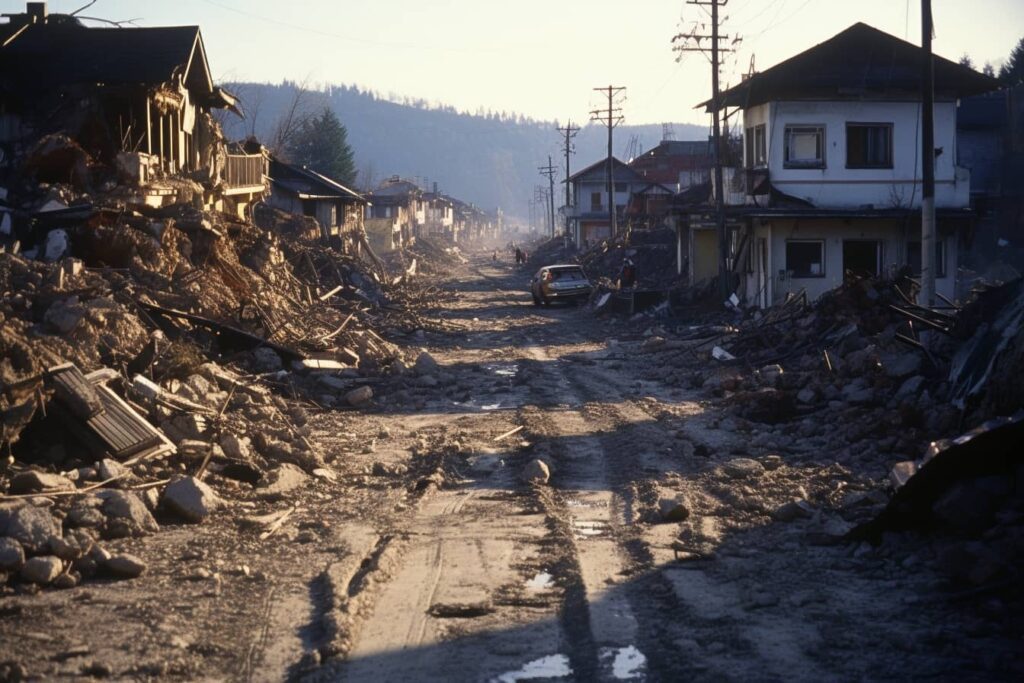Researchers from all over the world have always been looking for ways to predict the occurrence of an earthquake sufficiently in advance (and save lives). Today, thanks to GPS data, we may have taken a decisive step forward in this direction.
The study published in Science (I link it here) presents a significant discovery in earthquake prediction research: the existence of a precursor signal. Analysis of Global Positioning System (GPS) time series data from 100 earthquakes around the world identified a precursor to fault slip occurring about two hours before of seismic rupture.
Absolute importance
The discovery has aroused great interest in the scientific community. Having a reliable precursor signal for a major earthquake is the Moby Dick of seismologists. A difficult goal to achieve, sometimes impossible.
Short-term earthquake forecasting, which involves issuing warnings a few minutes to a few months before a quake occurs, relies on identifiable geophysical signals. All previous studies, however, have had great difficulty establishing a clear link between a possible precursor and a subsequent earthquake. Apparently, the difficulty has been overcome.
Two hours to escape an earthquake
Led by researchers Quentin Bletery e Jean-Mathieu Nocquet, the team undertook a systematic global search for fault slips that occur before magnitude 7 (and larger) earthquakes. It was a really important job, also in terms of numbers: they analyzed GPS data from 3.026 geodetic stations and measured the displacement of faults in the period before 90 major earthquakes.
The analysis revealed a subtle signal, consistent with a period of exponential acceleration of fault slip, starting about two hours before the earthquake hypocenter. This finding suggests that many large earthquakes could begin with such a phase, and prompts new studies to test the hypothesis.

And now?
Having found the precursor, the challenge is to activate a serious monitoring system. The sensors currently used to monitor earthquakes do not have the accuracy and coverage necessary to identify or precursors of an earthquake on an individual scale. at the scale of individual earthquakes. If they were updated with better instrumentation, forecasts could become more accurate.
The possibility of issuing warnings to anticipate the arrival of an earthquake? Absolutely exciting: it would help reduce the impact of devastating seismic events and save many human lives.
The road has finally been paved.


